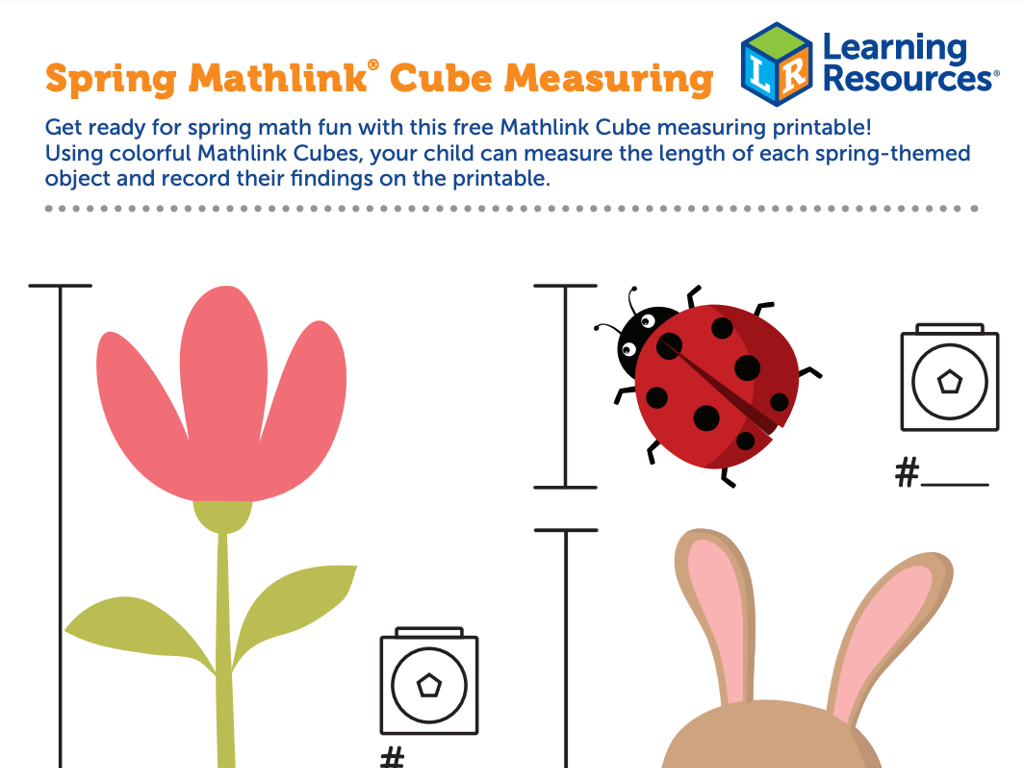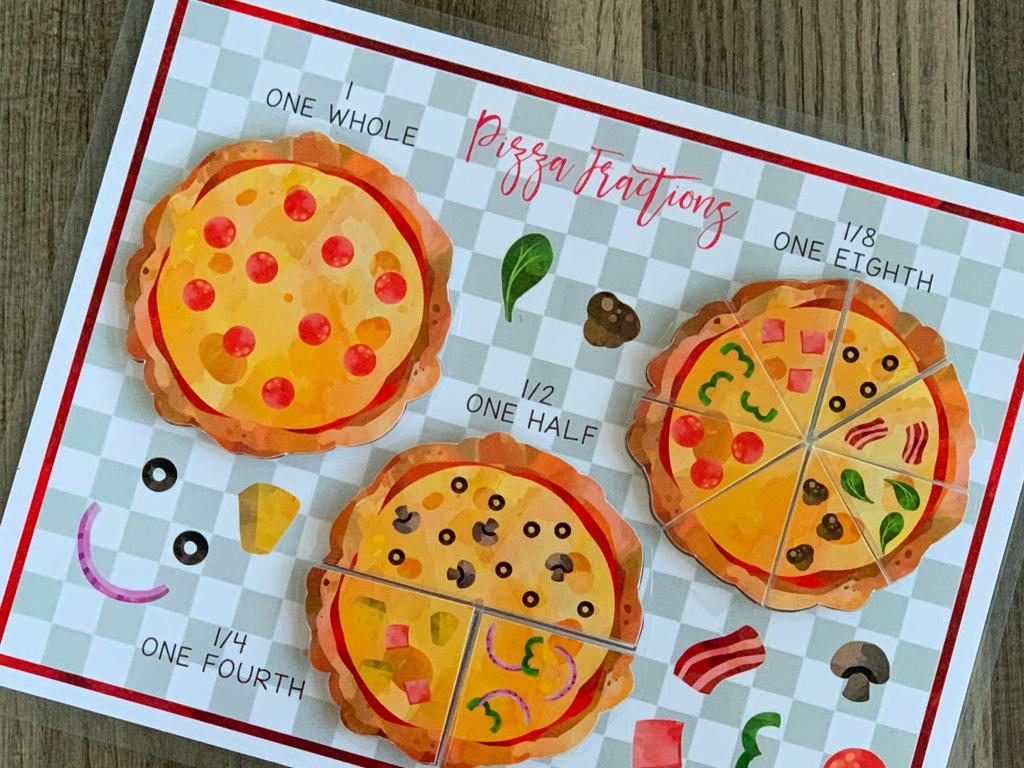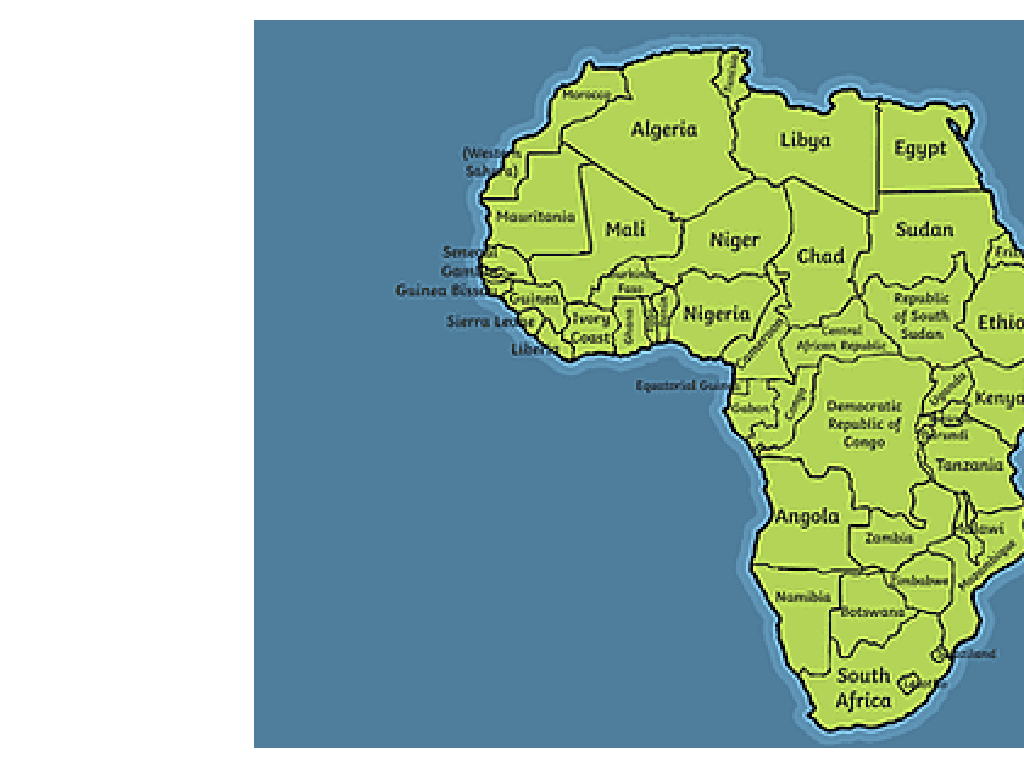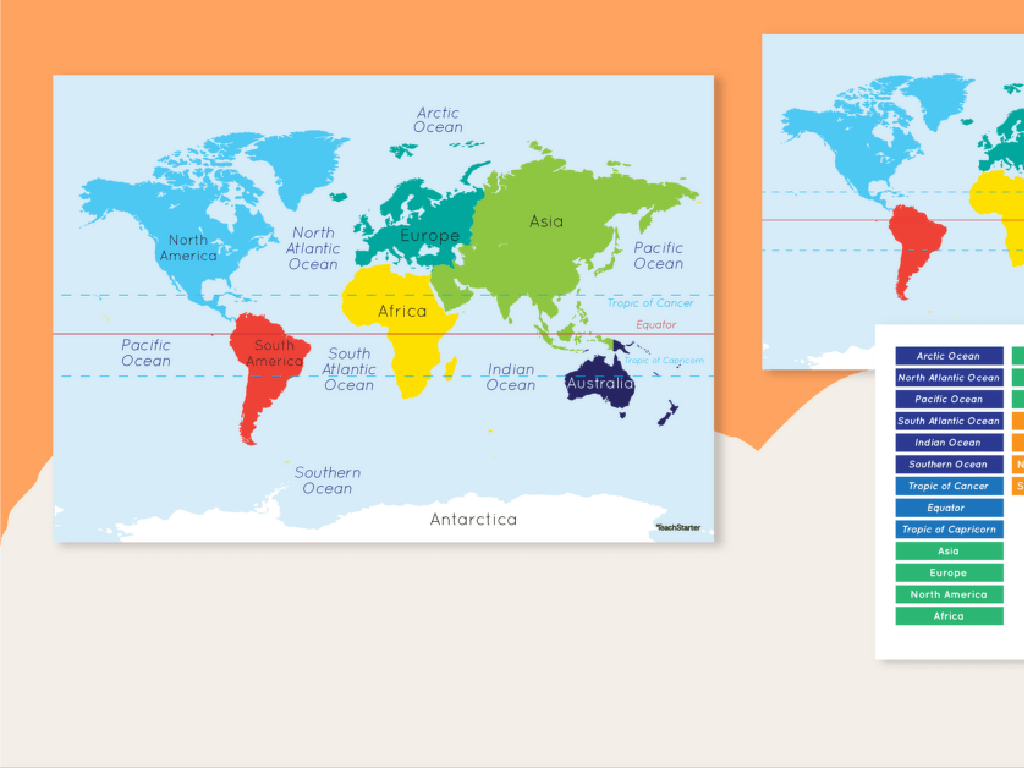The Washington Monument
Subject: Social studies
Grade: Fifth grade
Topic: American Symbols, Landmarks, And Monuments
Please LOG IN to download the presentation. Access is available to registered users only.
View More Content
Exploring The Washington Monument
– The Washington Monument’s history
– Built to honor George Washington, the first U.S. President.
– Monuments celebrate our past
– They remind us of important events and people.
– Why the Washington Monument was built
– To remember Washington’s contributions to America.
– Monuments as symbols of unity
– They bring people together and inspire national pride.
|
This slide introduces the Washington Monument as a key American symbol and explores the reasons behind its construction and the broader purpose of monuments. It’s important to convey to the students that monuments like the Washington Monument serve to commemorate historical figures and events, in this case, honoring the legacy of George Washington. Discuss the significance of remembering our nation’s history and how monuments contribute to a sense of national identity and unity. Encourage students to think about other monuments they know and what they represent. This discussion can lead to a deeper understanding of the role of monuments in preserving history for future generations.
Understanding Monuments
– What is a monument?
– A structure created to remember a person or event
– Monuments honor significance
– They celebrate historical figures or past events
– Recognizing famous monuments
– Examples: Lincoln Memorial, Statue of Liberty
– The Washington Monument
– A tribute to George Washington, our first President
|
This slide introduces the concept of monuments to the students, explaining that a monument is a type of structure that is built to remember and honor an important person or event in history. Emphasize that monuments are often grand and symbolic, and they can be found all over the world. Provide familiar examples such as the Lincoln Memorial and the Statue of Liberty to help students connect with the idea. Conclude with the Washington Monument, explaining its significance as a tribute to George Washington, the first President of the United States. Encourage students to think about what monuments they have seen or heard of and what those monuments represent.
Exploring The Washington Monument
– Monument dedicated to George Washington
– Honors the legacy of the 1st U.S. President
– Located in the nation’s capital
– Situated in Washington, D.C., a city named after him
– World’s tallest stone structure
– Stands at 555 feet, made of marble, granite, and bluestone gneiss
– Symbol of leadership and freedom
– Represents the values Washington stood for
|
The Washington Monument is an iconic obelisk that honors George Washington, the first President of the United States. It’s located in the heart of Washington, D.C., and is made from marble, granite, and bluestone gneiss, towering over the city at 555 feet. As the tallest stone structure in the world, it’s a testament to human engineering and a symbol of the country’s respect for one of its founding fathers. The monument reflects the ideals of leadership and freedom that Washington represented. Encourage students to discuss what leadership qualities they believe Washington had and how monuments help us remember important figures in history.
The Washington Monument: Construction History
– Started building in 1848
– Completed in 1884, after 36 years
– Wars, lack of funds, and design changes caused delays
– Reasons for construction delay
– Made of marble, granite, and bluestone gneiss
– Materials used in building
|
The Washington Monument, a tribute to America’s first president, George Washington, has a rich history that spans over three decades of construction. It began in 1848 but wasn’t completed until 1884 due to interruptions like the Civil War, funding issues, and changes in design plans. The materials used were carefully chosen for durability and aesthetics, including marble, granite, and bluestone gneiss. Discuss with students the challenges faced during the construction and how this monument stands as a symbol of perseverance and honor. Encourage them to think about how building techniques and materials have changed since then.
Symbolism of the Washington Monument
– The monument’s obelisk shape
– Resembles Egyptian obelisks, symbolizing strength and endurance
– Significance of an obelisk
– Obelisks historically commemorate important figures; represents honor
– The towering height’s symbolism
– At 555 feet, it was once the tallest; signifies respect and admiration
– Reflecting on the monument’s meaning
– Encourages us to consider how monuments reflect our values and history
|
The Washington Monument, shaped like an Egyptian obelisk, is a powerful symbol of strength and endurance. The choice of an obelisk is significant as these structures have historically been used to honor important figures, which in this case is George Washington, the first President of the United States. The monument’s impressive height, at 555 feet, made it the tallest structure at the time of its completion and represents the nation’s respect and admiration for Washington. This slide should prompt students to think about the deeper meanings behind monuments and how they reflect the values and history of a society. Discuss with students other symbols that represent important values and ask them to share their thoughts on what the Washington Monument means to them.
Exploring the Washington Monument
– View from the Monument’s top
– Spot famous landmarks like the White House, Capitol, and more!
– Monument’s elevator and stairs
– Learn about the 896 steps and the elevator that takes visitors to the top.
– Preserving historical landmarks
– Understand why it’s crucial to maintain and protect our historical sites.
|
This slide aims to give students a virtual experience of visiting the Washington Monument. Discuss the panoramic view from the top, where students can imagine seeing the capital’s landscape and identifying important buildings. Explain the monument’s features, such as its elevator, which is often used instead of the 896-step staircase. Emphasize the significance of preserving historical landmarks like the Washington Monument for future generations to appreciate and learn from. Encourage students to think about what landmarks they consider important and why they should be preserved.
The Washington Monument Today
– Recent renovations explained
– Repairs for earthquake damage; upgrades for visitor safety
– A symbol of unity and democracy
– Represents the values of the nation and honors its first President
– Influence on American culture
– Inspires patriotism and features in films and literature
|
This slide aims to discuss the current state of the Washington Monument, including the necessity for recent renovations, such as the 2011 earthquake repairs and the addition of new visitor security measures. Emphasize the monument’s role as a symbol of unity and democracy, reflecting the ideals of the United States and its reverence for George Washington. Discuss how the monument influences American culture, including its presence in media, and how it serves as a backdrop for national events and celebrations. Encourage students to think about other symbols that represent unity and to consider how landmarks can influence a nation’s identity.
Class Activity: Create Your Monument
– Imagine being an architect
– Decide who or what to honor
– Choose a person or value important to you
– Draw your monument design
– Use creativity in your drawing
– Prepare to present your idea
– Think about the reasons for your choices
|
This activity encourages students to apply their knowledge of American symbols and monuments by designing their own. It fosters creativity and critical thinking as they decide who or what their monument will honor. Provide drawing materials and give them time to work on their designs. Encourage them to think about location, materials, and size. Once completed, have each student present their monument to the class, explaining their design choices and the significance behind the person or value they chose to honor. This will help them understand the purpose and meaning behind national monuments. Possible variations of the activity could include creating a model with craft materials, writing a description essay, or researching an actual monument designer.






